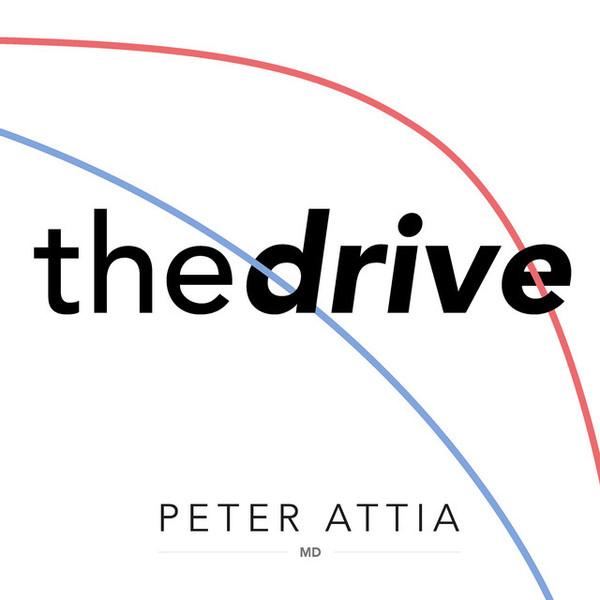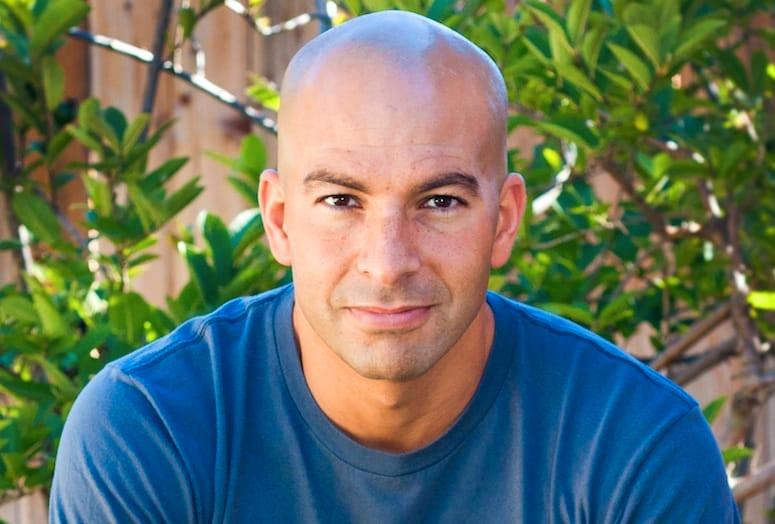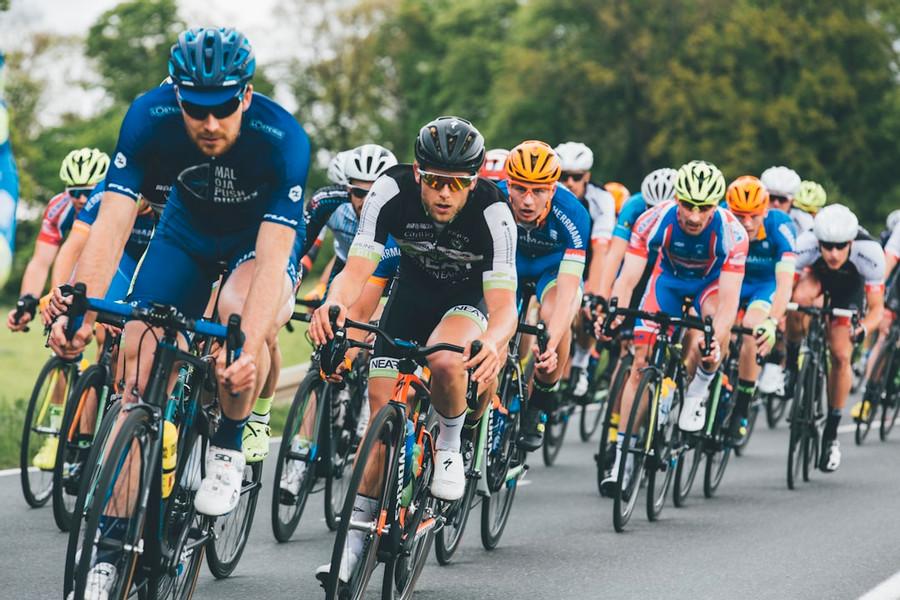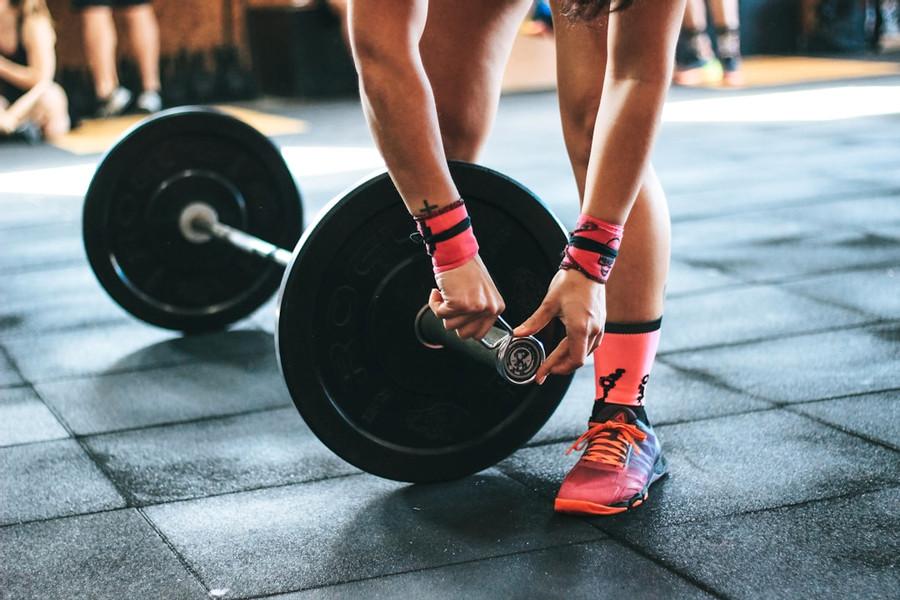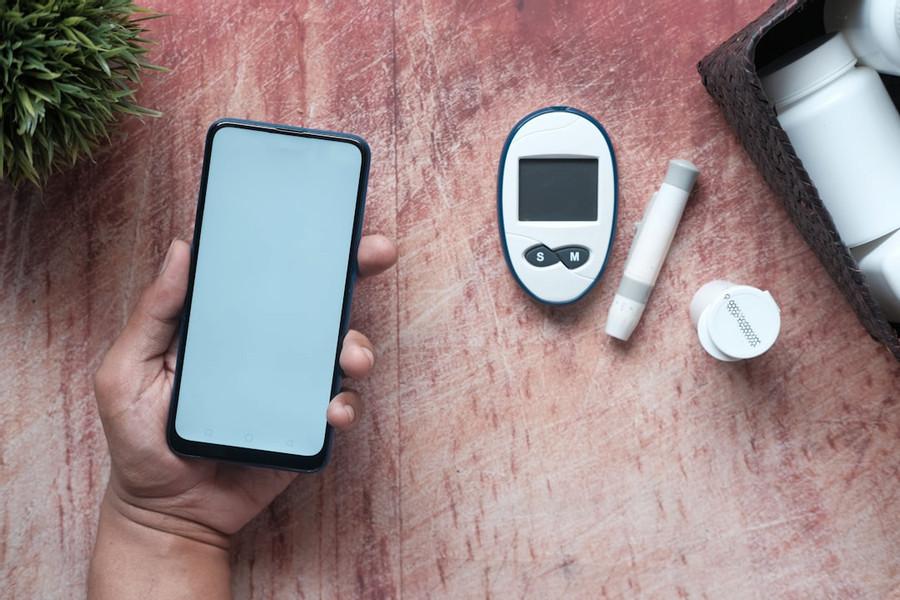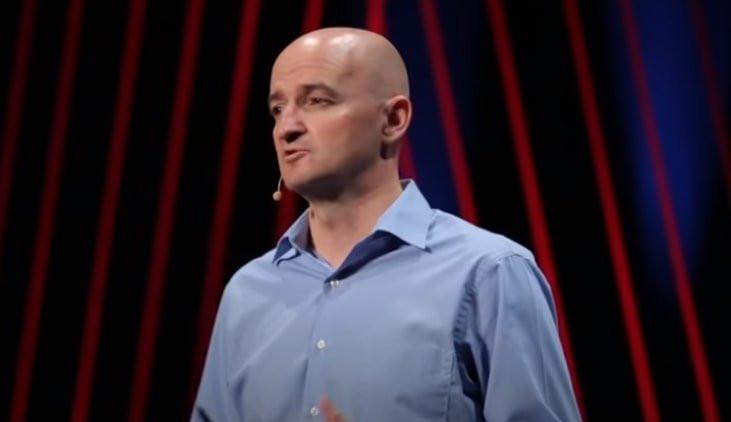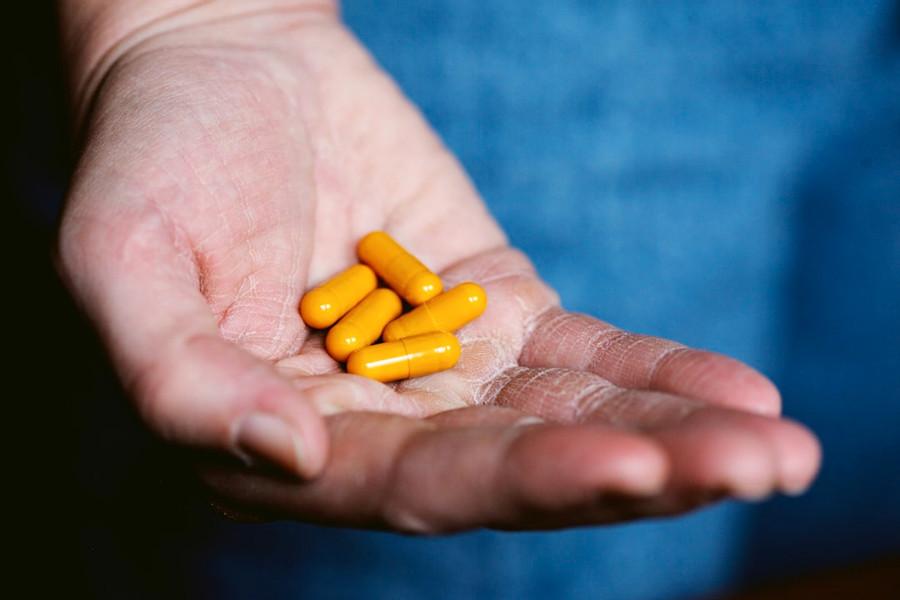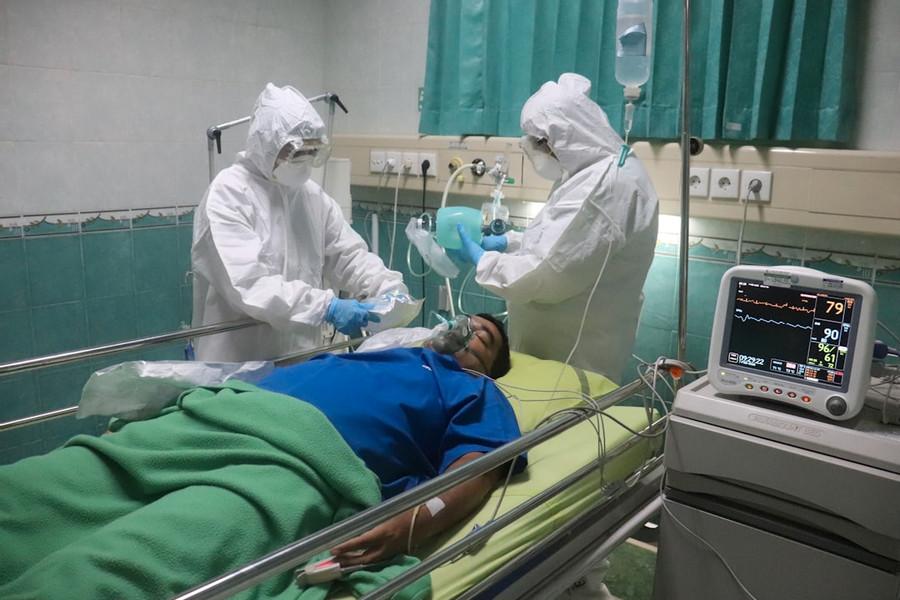#201 - Deep dive back into Zone 2 | Iñigo San-Millán, Ph.D. (Pt. 2)
Curated from: The Peter Attia Drive
4
1
Explore the World's Best Ideas
Join today and uncover 100+ curated journeys from 50+ topics. Unlock access to our mobile app with extensive features.
Podcast Introduction
Iñigo San-Millán, Ph.D. (@doctorinigo) is an internationally renowned applied physiologist. His research and clinical work focus on exercise-related metabolism, metabolic health, diabetes, cancer metabolism, nutrition, sports performance, and critical care
Iñigo San-Millán returns to The Drive to take a deep dive into Zone 2 training. He and Peter Attia breakdown metrics and levers of elite athletes, how to assess Zone 2 threshold, training levels for optimal health, and touch on learnings gathered from studying the mitochondria of long COVID patients in the ICU.
6
43 reads
Insights From Work With Tour de France Winner Tadej Pogačar
- Tadej Pogačar’s unique characteristics: can sustain high amounts of power output over long periods of time, recovers well, highly trainable.
- Functional threshold power (FTP), lactate measurements, and watts per kilo predict performance – you really know where you stand before the race.
- The Tour de France is won and lost in minutes when your ability to put out power really sets you apart.
- Algorithms and metrics that work with the general population don’t always translate as well into professional athletes because they can mentally ignore a lot more.
6
31 reads
The Sport Of Cycling
- The sport of cycling has changed over time: watts and power output have decreased from the era drug use were rampant.
- It’s feasible that the future of cycling will include real-time physiology & output metrics of riders.
- Tour de France racers like Tadej spend 70-80% of the time in zone 2 training during winter months and increase intensity as the race nears.
- Each energy system has a time in the calendar to achieve the desired output.
6
27 reads
Zone 2 Training
- Zone 2: the exercise intensity at which you are stressing mitochondria and oxidative capacity the most.
- Tenants of zone 2 training: recruits mainly type I muscle fibers, mobilizes the highest amount of fat oxidation, and stimulates bioenergetics (fat & glucose in mitochondria).
- Lactate is the preferred fuel for most cells in the body.
- Lactate is oxidized in the mitochondria back to energy.
- The purest way to estimate zone 2 training is indirect telemetry which will give us information about fat oxidation.
6
33 reads
Indirect Telemetry
- Hook the device up to yourself then ride a bike or machine and gradually increase the intensity, measuring VO2 and VCO2
- Consumption of oxygen production of carbon dioxide – which tells us total energy consumption (in kcal per minute).
- Ratio of VO2 and VCO2 tells us how much energy comes from fat oxidation and how much is glycolytic.
- In a more glycolytic state of fatty oxidation state, you still consume oxygen but don’t produce as much CO2.
6
19 reads
Increase In Exercise Intensity
As exercise intensity increases, you need more oxygen so VO2 increases then you give off more CO2 – you are recruiting type II muscle fibres, using more glucose for energy, consuming more oxygen, and producing more CO2.
Mitochondria oxidize fuels differently at different exercise intensities – an elite athlete can still recruit slow-twitch muscle fibres at high intensities and rely on fat to produce energy while the average person fully relies on glucose (instead of fat) to sustain the effort.
6
20 reads
Muscle Physiology, Lactate, & Fat Oxidation
- The independent variable is workload (in watts); the dependent variable is blood lactate.
- People with metabolic syndrome have high resting lactate (almost 2 mmol) – it’s possible that resting lactate will eventually be a tracked biomarker (the same way we use blood glucose).
- Once lactate exceeds 2 mmol you are leaving zone 2 and entering zone 3.
- A healthy person starts with a lactate of about 1 mmol; an elite athlete starts at lactate of about .5 mmol.
- The fitter the individual, the higher the absolute capacity for fat oxidation.
6
18 reads
Metabolic Stress
The metabolic stress of an elite athlete is not the same as a recreational athlete or layperson at the same blood lactate – 2 mmol of stress in an elite athlete might be higher than 2 mmol of stress in the average person because of the intensity it takes the elite athlete to get to 2 mmol in the first place
6
17 reads
Producing Lactate
- The lactate in the blood reflects mitochondrial oxidation: someone with high power output who needs a lot of glycolysis to produce energy will produce lactate.
- Lactate is the byproduct of glycolysis – the higher the glycolysis, the higher the lactate.
Two routes of lactate:
- From fast-twitch muscle fibres to slow-twitch muscle fibres;
- Export to blood.
- Every time you use glucose you produce pyruvate; every time that pyruvate will be reduced to lactate.
- No matter how fit you are, at some point, you have to produce lactate.
- When lactate can no longer be oxidized it’s transported to the blood.
6
24 reads
Identifying Your Zone 2 Level
- A reasonable measure of how zone 2 should feel: you can carry out a full conversation, maybe not as comfortably as if you weren’t exercising, but still without much strain.
- You want to know your actual maximum heart rate – zone 2 will be about 70-80% of your realized maximum heart rate.
- Zone 2 will depend on fatigue as well – heart rate variability will be lower on days you are tired or didn’t sleep well.
- Heart rate variability is actually a strong indicator of how hard you should push or back off exercise.
7
22 reads
Starting With Zone 2 Training
- Zone 2 really involves steady-state, sustained cardio.
- If you only train once per week, you will deteriorate overtime – two days per week you might maintain what you have – three days or more, we see improvements.
- Ideal parameters of zone 2: ideally train 1 hour-1.5 hours, 4x per week.
- If it’s difficult to start out with one hour, start with less and work your way up.
- If you look at the workload of an elite athlete, most sessions are of lower intensity – it’s not all about intensity and interval training.
6
21 reads
You can accomplish very important mitochondrial adaptations and very important metabolic adaptations by exercising for one hour…3-4 days per week.
IÑIGO SAN-MILLÁN
6
23 reads
The Four Pillars Of Fitness
- Four pillars of fitness: (1) stability; (2) strength; (3) “low-end aerobic” or zone 2; (4) high intensity/anaerobic capacity.
- VO2 max is highly correlated with longevity.
- Longevity is also highly correlated with mitochondrial function and metabolic health.
- High-intensity training is not sustainable over time, the same way extreme diets are not sustainable over time.
- High intensity is critical for sustaining glycolytic capacity, especially as we age – but thankfully it can be improved in just a few months.
6
17 reads
Supplements and Use Of Metformin
- Some studies point to elevated lactate levels in patients on metformin
- Metformin carries a lot of potential long term benefits but it’s difficult to parse out effects on mitochondrial function
- NAD levels decrease with ageing, but many other metabolites are also downregulated with ageing
- Taking NAD is not going to increase longevity, I don’t think so, that’s my opinion because longevity is not just one supplement or two or three or four or five, it’s a compendium.
- NR &NMN are precursors to NAD – but we should be cautious when considering – a lot of fads come and go in longevity research
6
17 reads
Patients With COVID in The Long Form
- Patients with long COVID, even if previously healthy, end up looking mitochondrially like patients with type 2 diabetes in terms of fat oxidation and lactate production.
- Metabolic test results of patients with long COVID often have normal pulmonary function tests and normal cardiac function – but they struggle to go up a flight of stairs at 50 years old.
- It’s suspected that COVID produces a global insult to mitochondria (maybe in skeletal muscle) and leads to severe mitochondrial dysfunction, even one year later.
6
14 reads
ICU Patients: An Observation
- The brain dies if the liver can’t produce glucose continuously
- Muscles deplete glycogen because of high utilization but the liver has plenty of glucose because of gluconeogenesis
- It’s plausible that muscles eat themselves to feed themselves and the rest of the body – so getting some sort of load-bearing training (even moving extremities in bed) and supplementing with amino acids could improve outcomes
- Two main parameters that are predictors of mortality in ICU: (1) high cortisol levels; (2) high lactate levels
6
14 reads
You’d much rather err on the side of hyperglycemia than hypoglycemia under a period of stress
PETER ATTIA
6
25 reads
IDEAS CURATED BY
Liza Mills's ideas are part of this journey:
Learn more about health with this collection
How to prioritize and simplify your life
The importance of rest and relaxation
The benefits of slowing down
Related collections
Similar ideas
8 ideas
Lactate: A Fuel, A Vehicle And A Highway Combined
medicalxpress.com
7 ideas
6 ideas
Health Check: do you really need carbs to recover from exercise?
theconversation.com
Read & Learn
20x Faster
without
deepstash
with
deepstash
with
deepstash
Personalized microlearning
—
100+ Learning Journeys
—
Access to 200,000+ ideas
—
Access to the mobile app
—
Unlimited idea saving
—
—
Unlimited history
—
—
Unlimited listening to ideas
—
—
Downloading & offline access
—
—
Supercharge your mind with one idea per day
Enter your email and spend 1 minute every day to learn something new.
I agree to receive email updates
